Using Safest Stripper in Furniture Conservation I
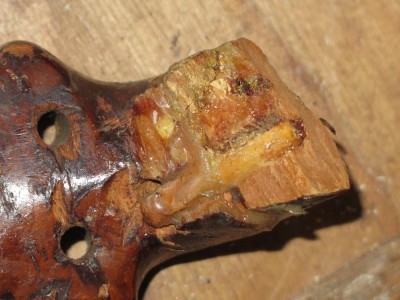
One of my most typical exquisite applications for Safest Stripper is demonstrated by this problem. This almost life sized sculpture of a lute player, where the head of the lute had been snapped off and the break slathered with yellow glue in an ill-advised and worse executed repair, had a mass of the hardened glue preventing anything useful as a response. The rock-hard glue had to be removed before any further steps could proceed.
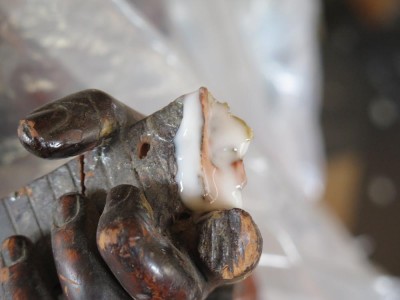
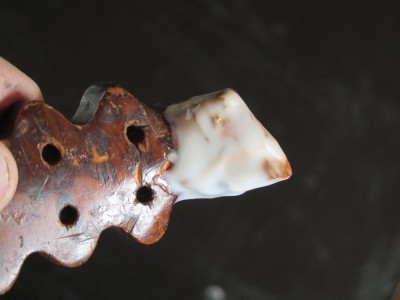
First I coated the effected areas with a healthy load of Safest Stripper, then wrapped those areas with aluminum foil and set them aside for at least a month.
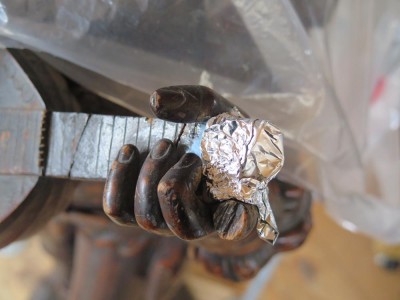
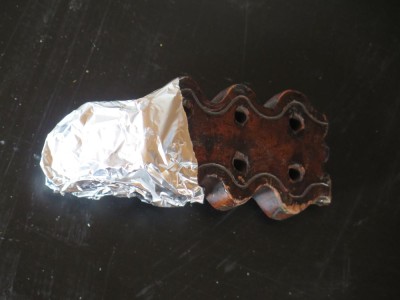
That’s right, a month. (If you have a project with an urgent turn-around time, I am not the guy for you).
The beauty of Safest Stripper for me is that it can be set aside and allowed to work at its own pace. In some instances this means overnight, sometimes until next month. In these cases letting it sit until I was ready to get back to them was not a problem, it was a feature.
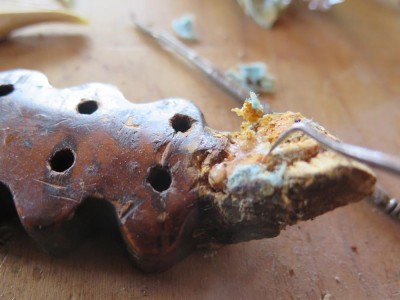
A month later I returned to this part of the project and the mass of yellow glue was in perfect condition. What I was looking for was for the glue to have softened to a hard taffy consistency rather than a liquid goo. Using a variety of tools, including dental picks and self-fashioned tools of similar function, I was able to peel off the softened plastic mass gently without inflicting any harm to the underlying substrate.
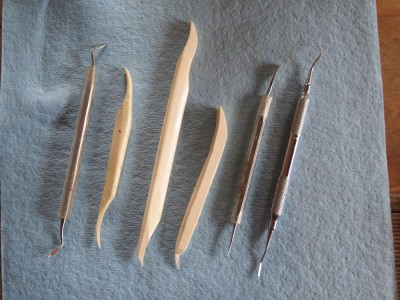
Swabbing the surfaces with distilled water to remove any DBE residue the broken pieces were ready for reintegration with hot hide glue.
Next time I will discuss the absolute best use of Safest Stripper when dealing with old, damaged, and badly repaired furniture.



Join the Conversation!